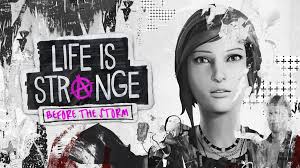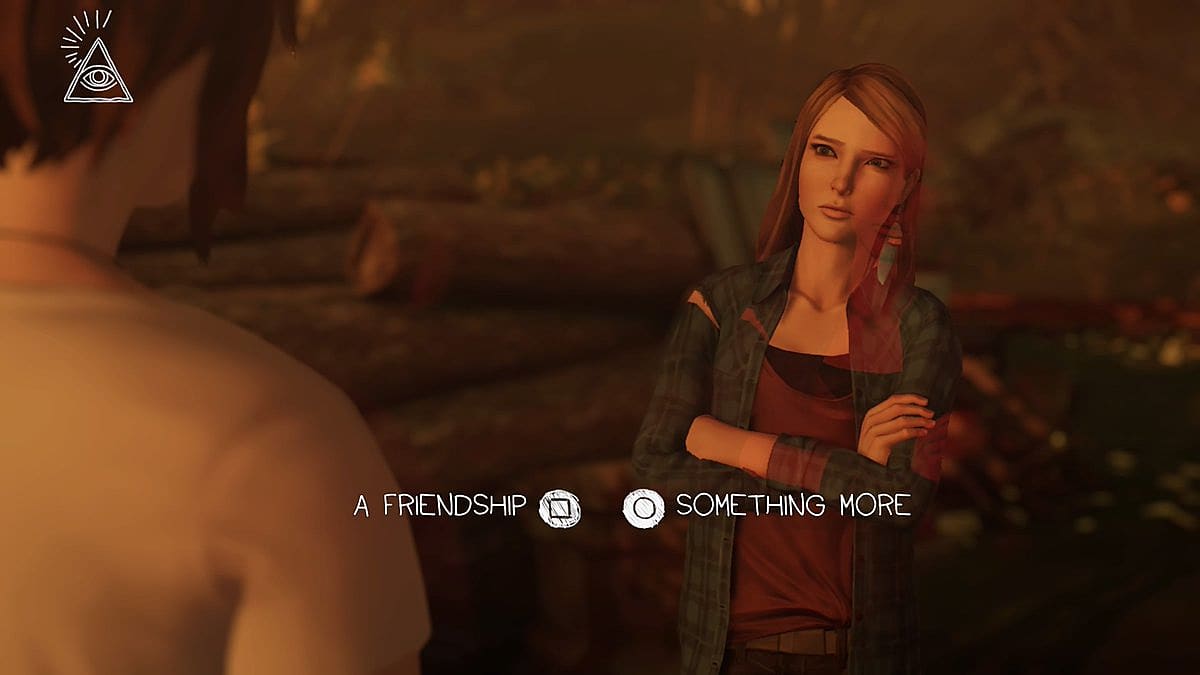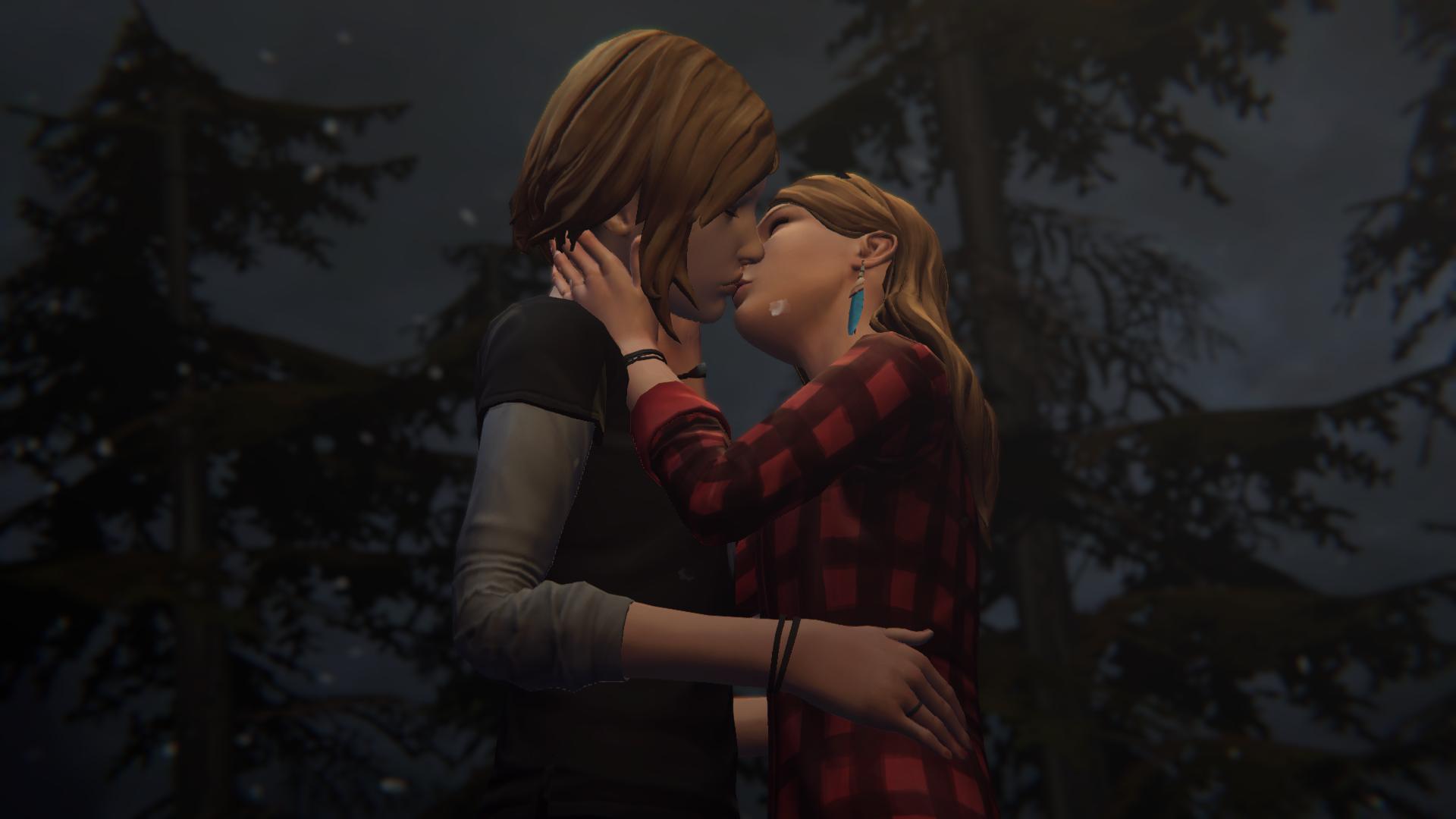
Life is Strange: Before the Storm is Bad Because It’s So Good
WARNING: This piece is chock full of spoilers for Life is Strange: Before the Storm. If that will bother you, please don’t read any further.
If you’ve read my previous piece on the original Life is Strange, you know that I have some FEELINGS about that game, and most of them are not positive when it comes to their representation of queerness. I wasn’t really sure how the prequel would fare with this subject matter, but I was pleasantly surprised. Paradoxically, that’s more of a problem than the tacked on nature of the queerness in the first game.

Chloe and Rachel Amber’s relationship is well-crafted and feels real. Everything about it gave me warm fuzzies because it was so relateable. I was 100% the teenage queer girl who had crushes on girls who I perceived to be way out of my league. I had friends who, in my mind, I had no business even associating with. Seeing Chloe’s anxiety over things like how she smells, and what she can do to make Rachel think she’s cool are so good precisely because they capture the cringe-iness of being a young queer in love.
The cuteness of it all makes it so easy to forget that BtS is a prequel. Watching the two of them fall for each other, and go through all the shitty things happening in their lives really makes it feel like this game is set in an entirely different universe. Yes, there are the characters we know and recognize, but without the supernatural shit and Max’s lackluster presence, BtS feels like it could be an entirely different franchise. It’s a slice of life, and a more honest look at what everyday struggles young people often have to go through (though, of course, it does get into some more convoluted plot beats as well).

But then you get the post-credits scene. The game takes all your good feelings, especially after the ending scene where everything seems like it’s going to be okay and cements the alternate reality vibe, and it fucking destroys it. The game seems to delight in reminding you that this isn’t an alternate reality. The events of the first game are all too real (real being a subjective term here), and the happiness Rachel and Chloe seem to have found is all for naught because queer women are fated to die in terrible, and often distinctly gendered ways. Rachel’s death is directly related to the power fantasies and toxic masculinity of both Jefferson and Nathan. She dies because Jefferson believes he is a genius and therefore it’s fine that young women pay the price for his art. Nathan worships the ground Jefferson walks on, and obsesses over both emulating his art, and possessing Rachel’s body. Despite shoving this fact into the background through most of the game, BtS is more than eager to bring it back to the forefront in a horror movie reveal style at the end.

Watching that scene was like getting punched in the gut. I legitimately screamed once it ended, and it took all my strength to not rant about it on Twitter. I understand that they wanted to drive home the tie-in to the next game, but I honestly felt betrayed. This was the first time a relatively big budget game had done a good job of focusing on queer women in love, especially after the tacked on nature of the first game, and then they just set it all on fire, reminding me that people like us don’t get happy endings in media.
The reason it took so long for me to even get this piece out there is because for a long time after I finished BtS, it was just too painful to really dig into my feelings on it. Trying to explore it made me anxious and sick to my stomach, which might seem a bit dramatic, but it’s bad enough having to repeatedly swallow this pill without writers forcing it down your throat after you thought you were already in the clear. I don’t really need any more media in my life that projects a relationship between women that seems genuine, only to have it be ripped away with the writers wagging their fingers and saying “Don’t be silly, women’s safety and love, especially queer ones, is just a fantasy “. I especially don’t need that kind of media to be celebrated, though I was completely guilty of it while playing since we’re often so starved for quality stories about queer women.
Ultimately, this game was another disappointment from the Life is Strange IP, just a higher quality one, and it’s that quality that makes it dangerous. The luster of young love and teen antics hides the toxicity and trope-y bullshit that lurks below. This isn’t revolutionary or even beneficial representation, because at the end of the day, it all comes back to burying your queers in a way that feels gleefully mean-spirited. I want to see more romantic relationships between women in games, but not like this. We don’t need anymore reminders that our real lives are generally in danger, or that our love lives are mostly seen as a vehicle for tragedy. We’re more than that, and we deserve better.





